
Renault Twingo Hatchback engines, drive and performance
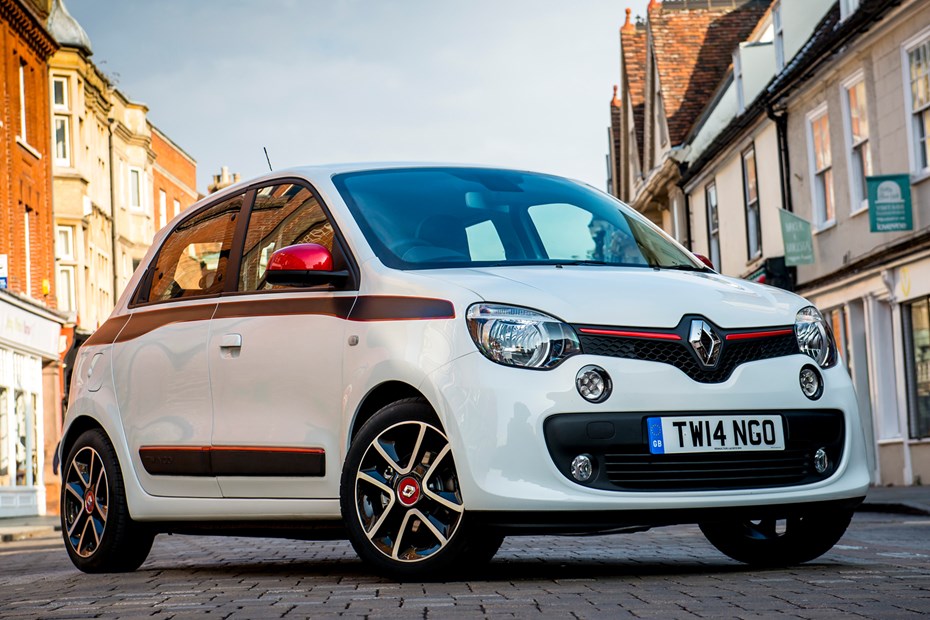
It’s a city car with engines no bigger than 1.0-litre meaning Renault Twingo performance isn’t ever going to be more than sprightly.
Two petrol engines
Diesel engines’ economic advantages are just too marginal in this size of car to warrant them a place in the range, so like its key rivals the new Twingo offers just petrol-powered motors, all located under the boot floor and inclined at a 45 degree angle to reduce their overall height.
Choose an Expression or Play trim level and your Twingo will be fitted with the all-new, three-cylinder 1.0-litre SCe 70 engine. Producing 69bhp and 91Nm of torque at 2,850rpm, performance is adequate enough for cars that will spend their life primarily in urban settings. Renault claims a top speed of 94mph and a leisurely 14.5 second jog to complete the 0-62mph test.
On the road its immediate pull-away is strong, meaning you’ll feel secure exiting junctions and roundabouts, but as you want to continue the momentum, the torque delivery flattens, requiring frequent gear changes of the five-speed manual transmission to extract the performance.
Renault claims the SCe 70 engine will deliver an average of 62.8mpg, emitting 105g/km of CO2 in the process.
Opt for a Dynamique Twingo and the same SCe 70 engine is available but with a standard stop/start function, cutting the engine out when the car’s stopped to reduce fuel consumption. Performance figures are identical to the other SCe 70s but economy jumps to 67.3mpg, CO2 emissions dropping to 95g/km.
Topping the initial range is the 0.9-litre TCe 90 motor, benefitting from Renault’s turbocharging expertise. Enthusiasts beware though: here the turbo is used to boost efficiency rather than performance, although the extra grunt does make the Twingo better-suited to a life in and out of the city.
Developing 89bhp and 135Nm of torque, there’s a little lag at low revs before the turbo’s influence is felt, but once it’s kicked in, it performs well, although not as gamely as that three-cylinder thrum suggests. Dashing from 0-62mph takes 10.8 seconds, while top speed is a theoretical 103mph.
Importantly, fuel consumption doesn’t suffer, the TCe 90 being the second most frugal Twingo on offer, aided by stop/start technology. Claims of 65.7mpg and 99g/km of CO2 emissions sound positive.
Automatic fans will have to wait until the tail end of 2015 for a six-speed dual-clutch option on the Twingo, while those seeking more performance are likely to have a longer wait for a hotter model, but one is promised.
Although making a drivers’ car to delight enthusiasts wasn’t a key consideration, the fact is that Renault Twingo handling benefits from the rear-engined, rear-wheel drive layout.
Let’s be very clear though, electronics and traction control do their best to ensure most city car buyers could be blissfully unaware of the engine’s locations or which wheels are receiving its power.
Similarly, the Twingo’s controls feel a little muted for truly spirited driving – the manual gearbox has a fairly long throw and responds better to gentler ratio changes, the pedals feel light, with the accelerator in particular feeling a little lazy to respond to inputs while the steering lacks much in the way of feel.
That’s not to say the Twingo does those things badly, it’s just keeping to its city-centric brief well, emphasised by the 45 degree angle achieved by the front wheels on full lock. It doesn’t turn on the proverbial sixpence, but on many roads a three-point turn could become a distant memory.
While the steering’s light around town, it adds weight the faster and more demanding the roads are, with good levels of grip and quick responses allowing you to dart this way and that in rapid succession. While the prospect of gently understeering wide into corners remains, the speed at which that happens is considerably higher than the Twingo’s rivals.
Locating the engine and its inherent weight towards the rear benefits rather than hinders the handling, with no threat of a pendulum effect through corners. In reality most cars in this class have a weight balance of 70:30, biased towards the front. In the Twingo, it’s 45:55 making it more neutral than its rivals.
Weave the Twingo through a series of sweeping bends and it plays along eagerly, showing little evidence of wanting to get out of hand – just occasionally you’ll feel the traction control braking one of the rear wheels to keep everything in check. It bodes well for the forthcoming higher performance version.
Perhaps most remarkable is that despite all this, the Twingo’s ride quality is incredibly supple over most surfaces. There’s an initial jolt over deeper ruts but these are soon gather back together and calm is restored. On Britain’s poorly surfaced urbanscapes this will be appreciated.



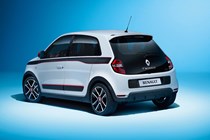
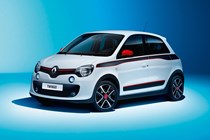
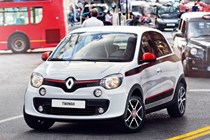
.jpg)
.jpg)
.jpg)
.jpg)
.jpg)
.jpg)
.jpg)
.jpg)
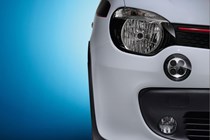
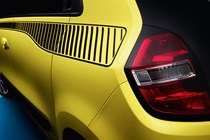
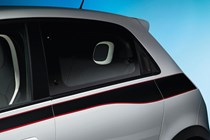
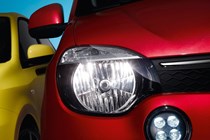
.jpg)
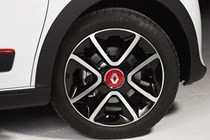
.jpg)
.jpg)
.jpg)
.jpg)
.jpg)
.jpg)
.jpg)
.jpg)
.jpg)
.jpg)
.jpg)
.jpg)
.jpg)
.jpg)
.jpg)
.jpg)
.jpg)
.jpg)
.jpg)
.jpg)
.jpg)
.jpg)
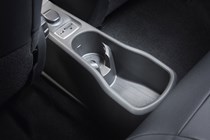
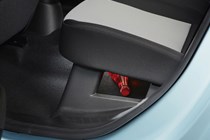
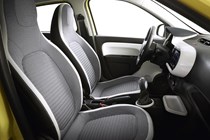
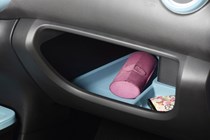
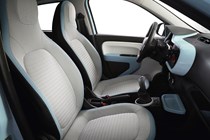
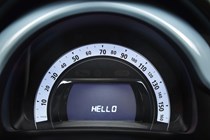
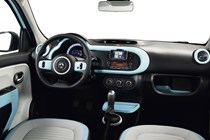
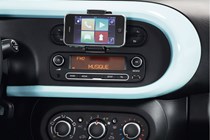
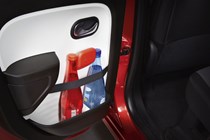
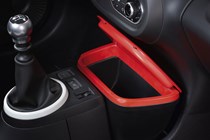
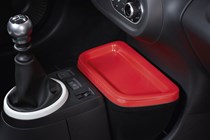
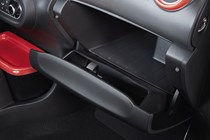
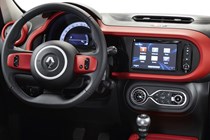
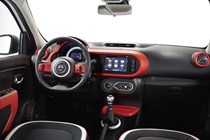
.jpg)
.jpg)
.jpg)
.jpg)
.jpg)
.jpg)
.jpg)
.jpg)
.jpg)
.jpg)
.jpg)
.jpg)
.jpg)
.jpg)
.jpg)
.jpg)
.jpg)
.jpg)
.jpg)
.jpg)
.jpg)
.jpg)

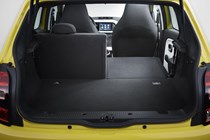
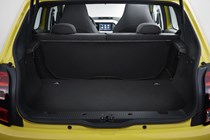
.jpg)
.jpg)
.jpg)
.jpg)
.jpg)
.jpg)
.jpg)
.jpg)
.jpg)
.jpg)
.jpg)
.jpg)
.jpg)
.jpg)




.jpg?quality=50)
.jpg?quality=50)
.jpg?quality=50)
.jpg?quality=50)
.jpg?quality=50)
.jpg?quality=50)
.jpg?quality=50)
.jpg?quality=50)




.jpg?quality=50)

.jpg?quality=50)
.jpg?quality=50)
.jpg?quality=50)
.jpg?quality=50)
.jpg?quality=50)
.jpg?quality=50)
.jpg?quality=50)
.jpg?quality=50)
.jpg?quality=50)
.jpg?quality=50)
.jpg?quality=50)
.jpg?quality=50)
.jpg?quality=50)
.jpg?quality=50)
.jpg?quality=50)
.jpg?quality=50)
.jpg?quality=50)
.jpg?quality=50)
.jpg?quality=50)
.jpg?quality=50)
.jpg?quality=50)
.jpg?quality=50)














.jpg?quality=50)
.jpg?quality=50)
.jpg?quality=50)
.jpg?quality=50)
.jpg?quality=50)
.jpg?quality=50)
.jpg?quality=50)
.jpg?quality=50)
.jpg?quality=50)
.jpg?quality=50)
.jpg?quality=50)
.jpg?quality=50)
.jpg?quality=50)
.jpg?quality=50)
.jpg?quality=50)
.jpg?quality=50)
.jpg?quality=50)
.jpg?quality=50)
.jpg?quality=50)
.jpg?quality=50)
.jpg?quality=50)
.jpg?quality=50)



.jpg?quality=50)
.jpg?quality=50)
.jpg?quality=50)
.jpg?quality=50)
.jpg?quality=50)
.jpg?quality=50)
.jpg?quality=50)
.jpg?quality=50)
.jpg?quality=50)
.jpg?quality=50)
.jpg?quality=50)
.jpg?quality=50)
.jpg?quality=50)
.jpg?quality=50)